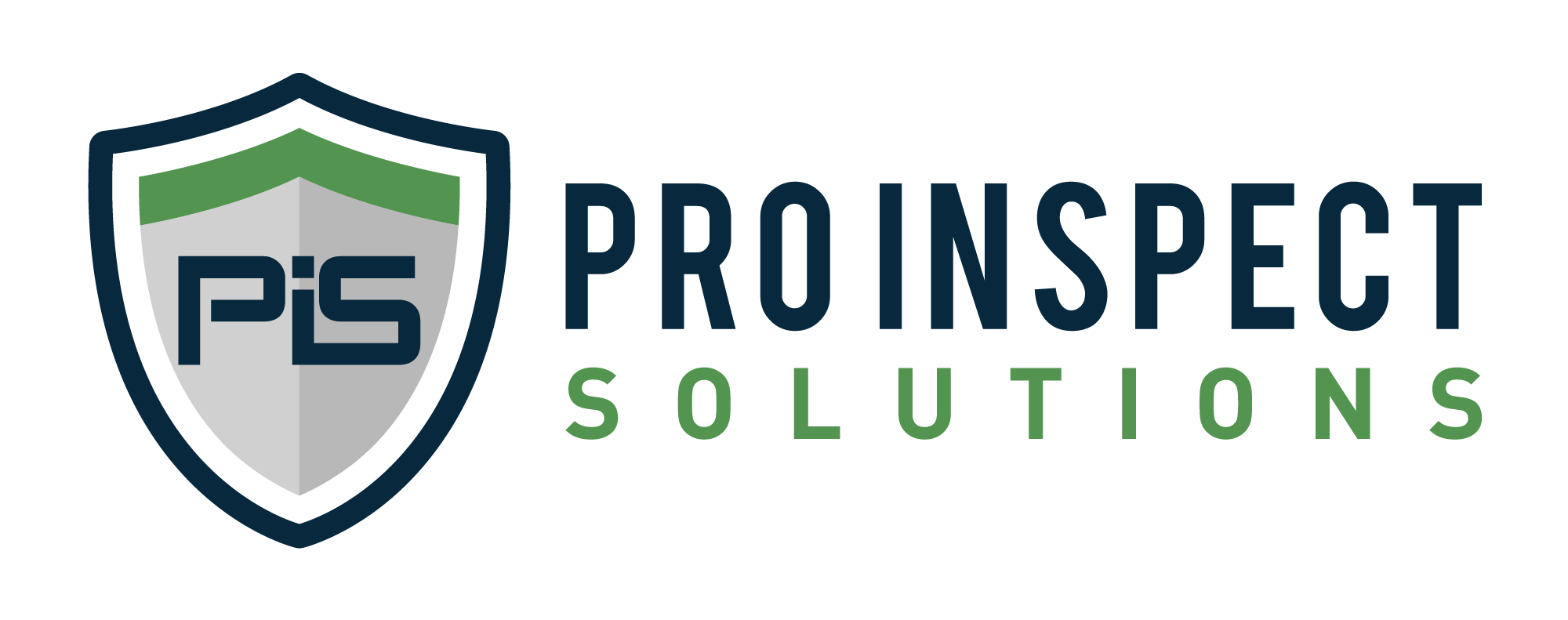
by Pro Inspect Solutions0 comments
23Mar
Demystifying Home Insurance: A Comprehensive Guide
We understand the paramount importance of safeguarding your most significant investment – your home. Home insurance serves as a critical shield against unforeseen events, providing financial security and peace of mind. At Pro Inspect Solutions, we prioritize empowering homeowners with knowledge to make informed decisions about their insurance needs. In this comprehensive guide, we delve into the essentials of home insurance, covering costs, coverage options, and strategies to lower rates.
Understanding Home Insurance
Home insurance, also known as homeowners’ insurance, is a type of property insurance that provides financial protection against damage to a home and its contents. It typically covers a range of perils, including fire, theft, vandalism, and certain natural disasters, depending on the policy’s terms and conditions.Types of Coverage
- Dwelling Coverage:This component of home insurance protects the physical structure of your home, including walls, roof, foundation, and attached structures like garages or decks. It ensures that you can repair or rebuild your home in the event of covered damage
- Personal Property Coverage:Personal property coverage insures your belongings inside the home, such as furniture, electronics, clothing, and appliances. It reimburses you for the cost of replacing or repairing items damaged or stolen due to covered perils.
- Liability Coverage: Liability coverage provides financial protection in the event someone is injured on your property or if you accidentally cause damage to someone else’s property. It helps cover legal expenses and settlements if you are found liable for damage or injuries.
- Additional Living Expenses (ALE) Coverage: ALE coverage reimburses you for additional living expenses incurred if you are temporarily displaced from your home due to covered damage. This can include expenses like hotel stays, meals, and rental accommodation.
- Medical Payments Coverage: This component covers medical expenses for any guests injured on your property, regardless of fault.
Factors Influencing Home Insurance Costs
Several factors influence the cost of home insurance premiums. Understanding these factors enables homeowners to anticipate expenses and explore avenues to optimize coverage within budget constraints:- Location:The geographic location of your home significantly impacts insurance rates. Properties situated in areas prone to natural disasters, such as hurricanes, earthquakes, or floods, typically incur higher premiums.
- Property Characteristics:Factors like the age of your home, its size, construction materials, and the presence of safety features such as smoke detectors, burglar alarms, or fire extinguishers influence insurance costs.
- Coverage Limits:Opting for higher coverage limits translates to higher premiums. Evaluating your coverage needs and striking a balance between protection and affordability is crucial.
- Deductible Amount:The deductible is the amount you’re responsible for paying out of pocket before your insurance coverage kicks in. Choosing a higher deductible lowers your premiums but entails greater financial responsibility in the event of a claim.
- Claims History: A history of frequent or significant insurance claims may lead to higher premiums, as it suggests a higher risk of future claims.
- Credit Score: In many jurisdictions, insurers will take your credit score into consideration when determining premiums. Maintaining a good credit score can result in lower insurance costs.
Strategies to Lower Home Insurance Rates
While home insurance is indispensable, there are strategies to mitigate costs without compromising on coverage:- Shop Around:It’s essential to compare quotes from multiple insurance companies to ensure you’re getting the best coverage at the most competitive price. Be sure to review coverage options and consider any discounts available.
- Bundle Policies:Many insurance companies offer discounts for bundling home and auto insurance policies. Consolidating your insurance policies with one provider can lead to significant savings.
- Improve Home Security: Installing security features such as deadbolts, smoke detectors, security cameras, and alarm systems reduces the risk of burglary or damage, thus qualifying you for discounts on premiums.
- Raise Deductibles:As mentioned earlier, opting for a higher deductible can lower your premiums. However, ensure you have sufficient savings to cover the deductible in case of a claim.
- Maintain a Good Credit Score: Pay bills on time, keep credit card balances low, and monitor your credit report regularly to maintain a favorable credit score, which can result in lower insurance premiums.
- Review Coverage Annually: Regularly reassess your insurance needs and coverage limits to ensure they align with changes in your home value, possessions, and lifestyle.
- Get a Wind Mitigation: Having a wind mitigation inspection performed can lower insurance premiums by identifying features that minimize windstorm damage, such as reinforced roofs and impact-resistant windows, providing homeowners with both cost savings and enhanced protection.



